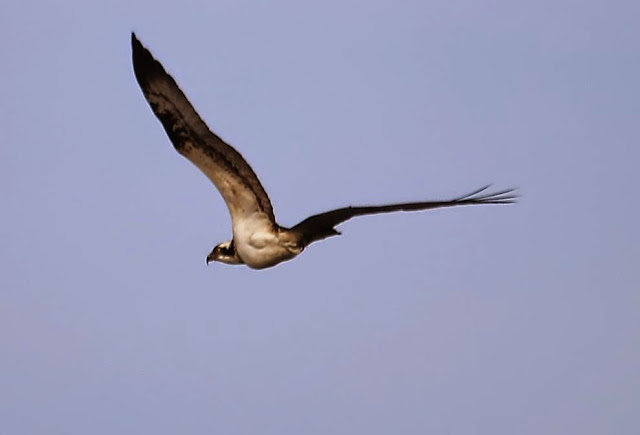Before reading this post why not tune into a cracking theme track by reserve member Matthew Newlove. Matthew's been coming down to the reserve for the last year and rather than brandishing a camera has compiled this excellent recording of birdsong and wildlife around the reserve - a great way of experiencing a different angle on nature. To listen click here.
Our winter works are finally at an end on the reserve; We've undertaken many different projects since January but the major one had been to regenerate the southern marshes for wading birds. Water again welled back into the marsh:
Last task was to build a shelduck nest before electrifying the islands:
Levels rose rapidly and the exposed mud and new edge habitats attracted a number of wading birds to the area in a decent spring movement:
Greenshank SMW on the 25th, WNR 26th, SMW, 2nd, 2 on the 3rd.
8 whimbrel on the D res wall on the 25th, 3 on the 10th,
Common sandpiper on the wall on the 30th, 2 on the 2nd, 5 on the 3rd, and singles 12th, 15th,
Dunlin on the 3rd, 5th on SME, 14th Watton NR.
3 turnstone on the 3rd on SMW
Green sandpiper on the 5th on SME
Temminck's stint was around the southern reserve on the 8th:
Black tailed godwit on the 9th on SME
Wood sandpiper on the 9th with another whimbrel (pictures and write up on Martin Hodges site here)
Male ruff on the 15th.
Its now a case of steady away during breeding season before we start having a play with water levels some more as of June the 15th when autumn starts (sorry - 1st green sandpiper and its all over - so make the most of the next month!). That said damselflies are now on the wing - large red - Brian Colley:
Common terns arrived back on the 23rd and hit a peak of 7 before dropping back to 3 pairs of breeders at present:
A couple of arctic terns sped north up Barmston Drain on the 8th, with a further 3 over D res on the 14th, and a straying med gull on the 5th and little gull on the 9th both on South Marsh East.
The favourable winds on the 23rd of April also saw cuckoos up at North Marsh and as ever we are pleased with annual return rates on cuckoos. We surmise that the invertebrate life of the reserve's reed beds and a continued healthy population of warblers still yield productive grounds for the birds in spite of their upland and farmland declines. Evidence suggests we still have at least 3 calling males on the reserve and Roy and Andy described a magical night on the 7th when North Marsh was alive with birds all over often immediately in front of the hide with multiples about. Roy:
Andy:
The barn owl too was very active - Roy:
And Andy:
Steve Brimble captured the roe deer here too:
And red crested pochard have been showy around site - Darren Smith:
With little grebe:
And grey heron:
A lucky glimpse was this rare shot of a water rail in flight by Roy Vincent:
In terms of passerines yellow wagtails have been through in steady numbers though not the colossal passage of some years - Roy Lyon:
And Roy Vincent:
A big highlight on the 5th was a wood warbler which remained around the car park to the 6th - photos on twitter by David Aitken. Cetti's are again very active - Jeff Baker:
Details of the second female on the ringing blog. Elsewhere vocal blackcap - Brian Colley:
And smart reed buntings- Brian:
Osprey has been erratically present in recent days - here is the bird that left the nest platform by Jeff Barker:
A very welcome addition was two turtle dove on the 10th, and a nice bonus was a honey buzzard on the 13th found by Martin. Safe to say plenty of swifts with 1272 through last week - but just two spotted flycatcher would be nice...










%2Broy%2Bv.jpg)


%2Broy%2Bv.jpg)
%2Broy%2Bv.jpg)






.jpg)
.jpg)
.jpg)

.jpg)



